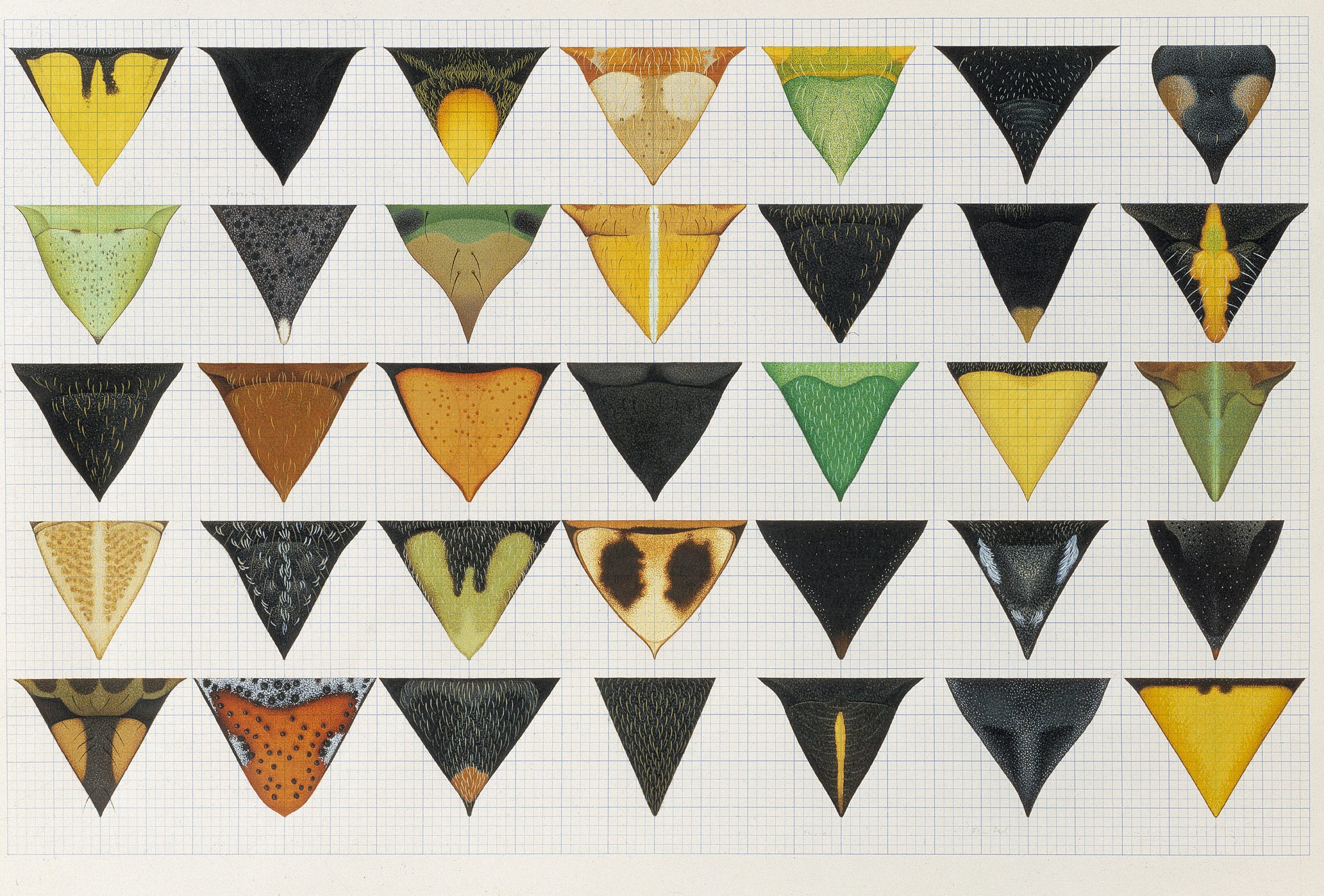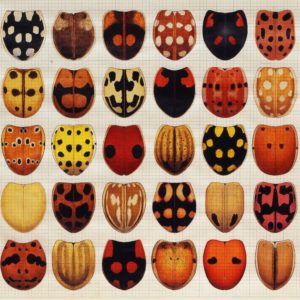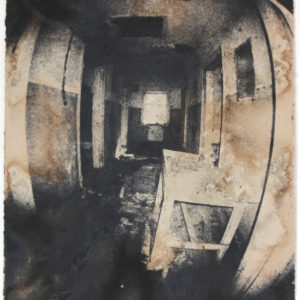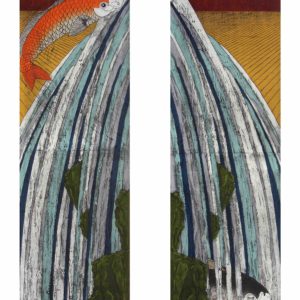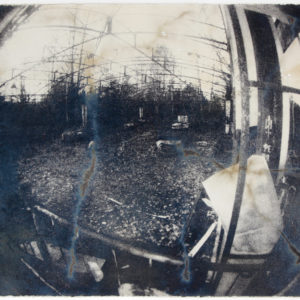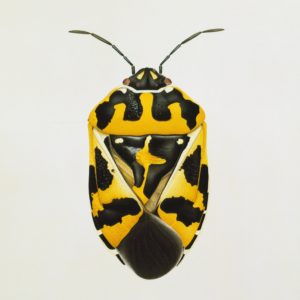£495.00
25 Leaf Bug Shields (Heteroptera), 1980
Edition of 20
Digital print from original watercolour
29.7 x 42 cm
Description
Cornelia Hesse-Honegger
25 Leaf Bug Shields (Heteroptera), 1980
Edition of 20
Digital print from original watercolour
29.7 x 42 cm
Cornelia Hesse-Honegger’s Leaf Bug study is a print made from an early watercolour by this scientist-artist specialising in documenting damaged bugs. Cornelia Hesse-Honegger’s 25 leaf bug shields image, shows the designs from the central shields on the backs of the creatures. She made these very high quality prints from her original water-colours. The artist found all of these bugs in Switzerland. She made the original studies early in her career. At that time she was training herself in accurate observation and recording. It predates her pioneering research into the effects of nuclear fallout. Nevertheless, it demonstrates the extreme technical ability which enabled her to do such important work. Some of these types of ladybird are probably extinct by now.
The beginnings of the artist’s bug study: leaf bugs and ladybugs
I completed an apprenticeship as a scientific illustrator at the University of Zurich’s Zoological Institute in the early 1960s. Following this, I continued to work there for twenty-five years, mostly drawing flies for taxonomic identification. At the age of twenty-four, I was given the assignment to draw mutated fruit flies. I then started also to paint and sculpt them in clay at home. The disturbed faces of these mutated insects were to determine my future.
After moving to the countryside with my family in 1976, I started to paint leaf bugs, spiders, and ladybird beetles on graph paper. This was a practice that formed the foundation for my later research. In 1985, I decided to go back to painting mutated laboratory flies, considering them to be the prototypes of a new man-made nature. No longer poisoned with chemicals as they had been in the 1960s, these later generations had been irradiated with X-rays.
About the artist
Cornelia Hesse-Honegger, an exhibitor in Bugs Beauty and Danger works at the interface between art and science. Her work testifies to the beauties of an increasingly endangered nature. Describing herself as a ‘science artist,’ Cornelia worked for 25 years, as a scientific illustrator for the scientific department of the Natural History Museum at the University of Zurich. From 1969 onwards, she collected and painted true bugs Heteroptera.
She has conducted pioneering research about the effects of nuclear fallout on true bugs (Heteroptera)
Cornelia has collected, studied and painted morphologically disturbed insects, mostly true bugs, since the catastrophe of Chernobyl in 1986 . She found them in the fallout areas of Chernobyl as well as in the proximity of many other nuclear installations. She proved convincingly that the radioactive fallout from Chernobyl, or normal working nuclear power plants contaminates vegetation where it hits ground. Also, insects like true bugs become to a certain extent morphologically disturbed.
Her field studies have taken place mostly in Switzerland, but also in many other locations including Sellafield in the UK. Based on these, she concludes that normal working nuclear power plants and nuclear installations are a terrible threat to nature and cause deformities on true bugs, Heteroptera. As a result of this long-term research, she and independent scientists can prove that even the lowest amount of radiation can cause cancer, illnesses, mutations and deformations. She has consequently published many studies highlighting this issue. She also exhibits her watercolours and prints internationally at museums and galleries
Additional information
| Weight | 1.0 kg |
|---|---|
| Dimensions | 29.7 × 42 cm |

